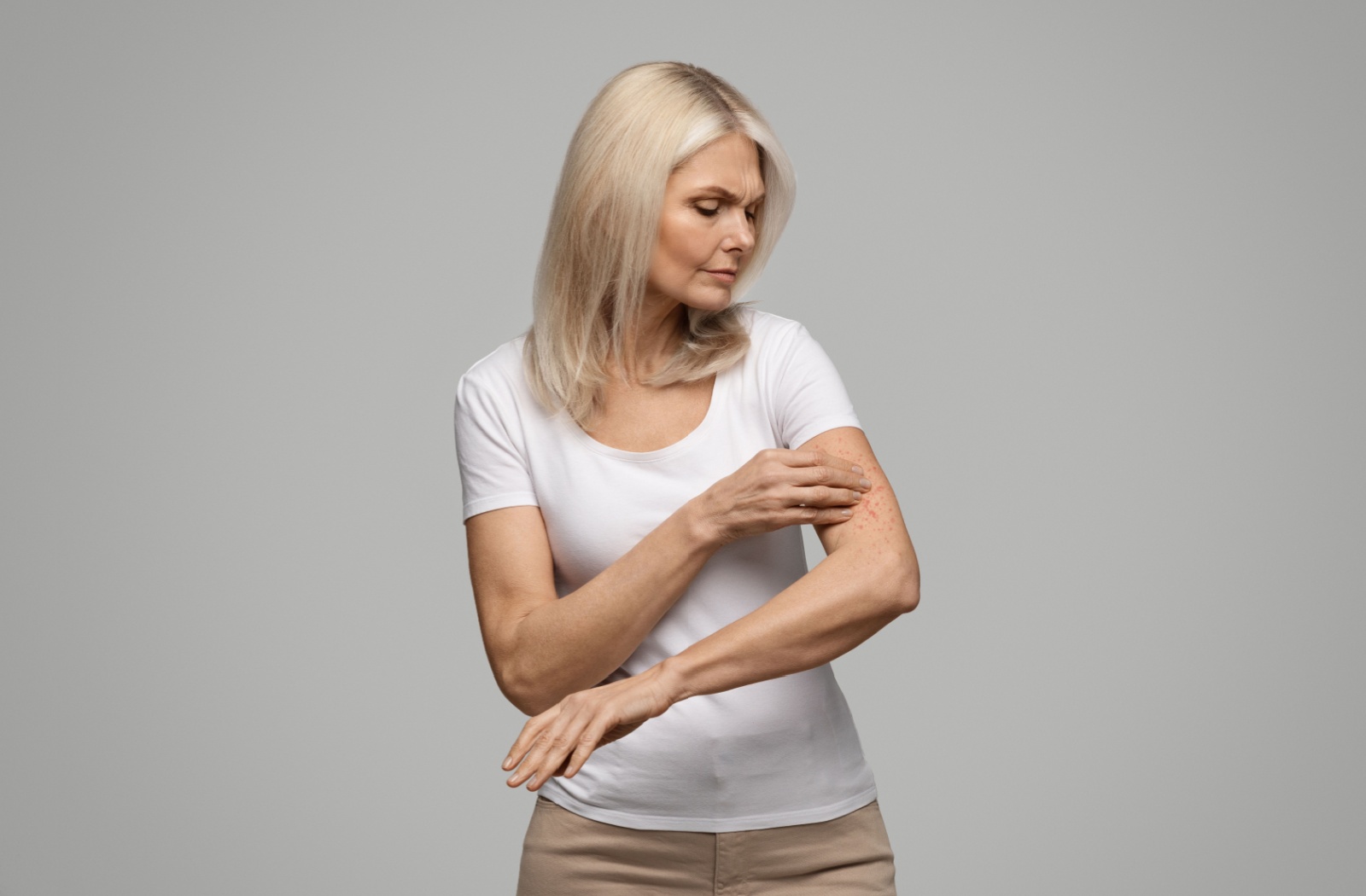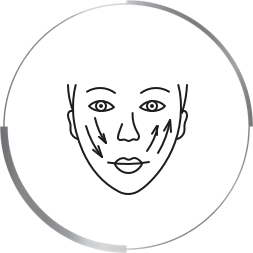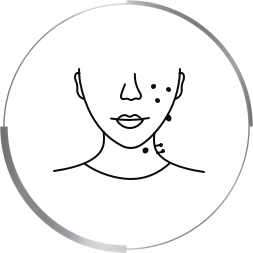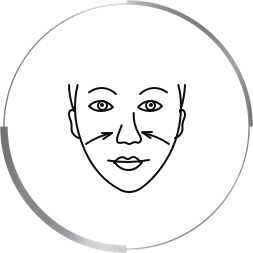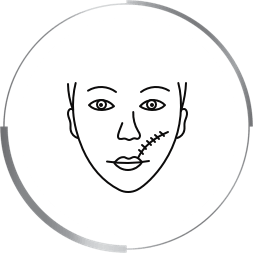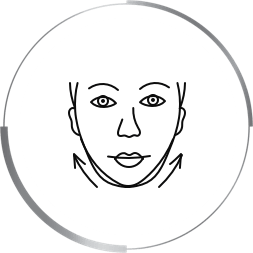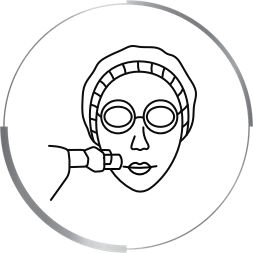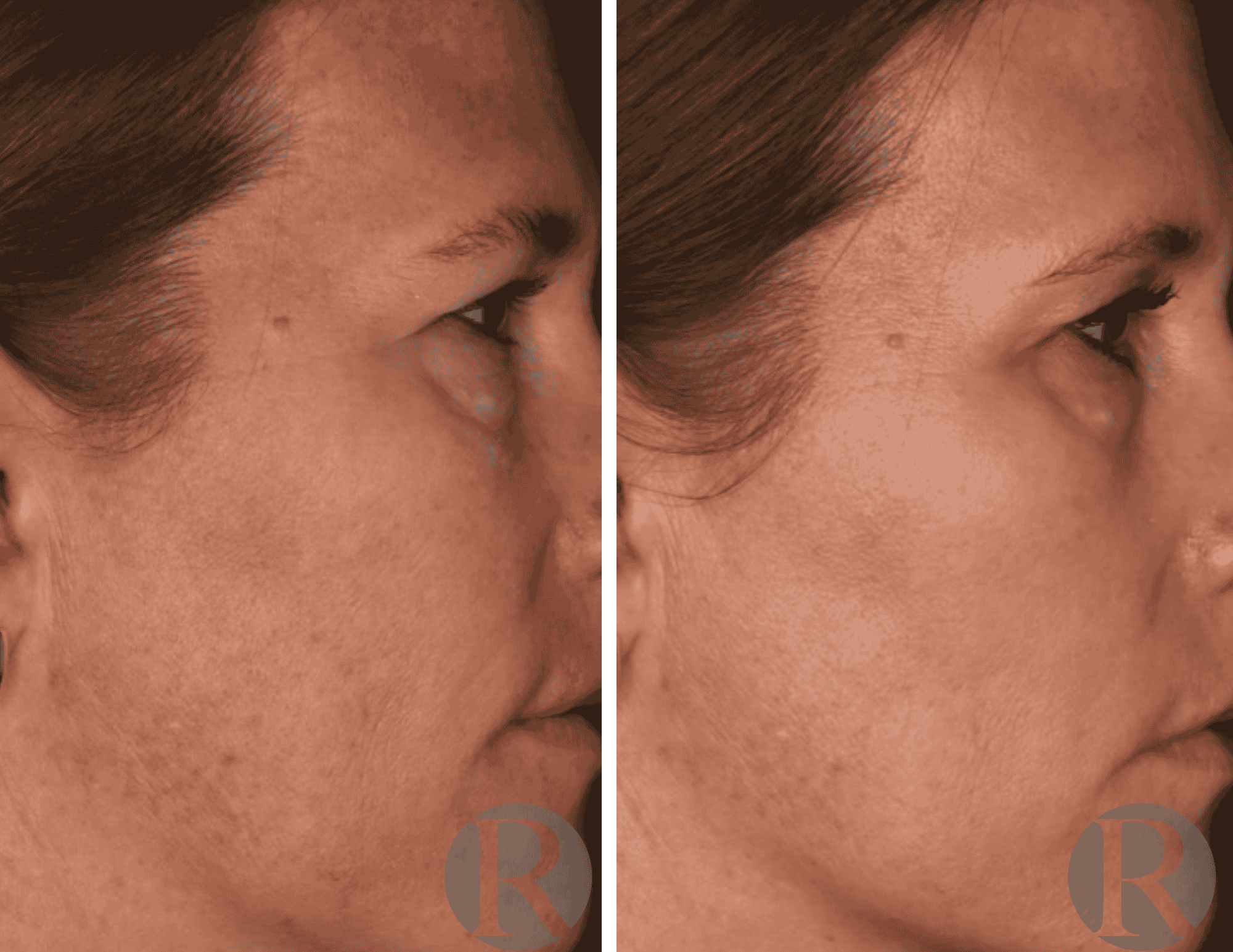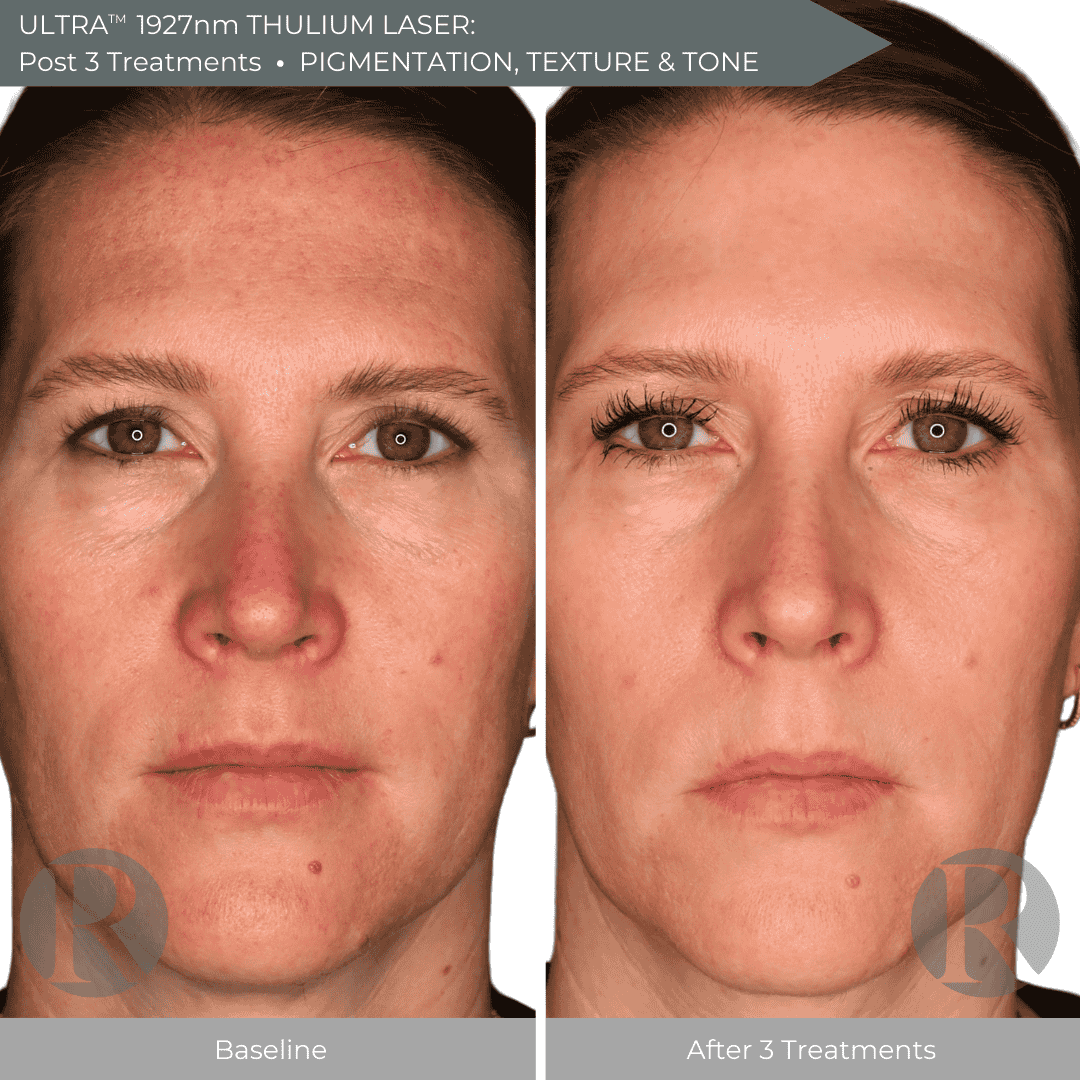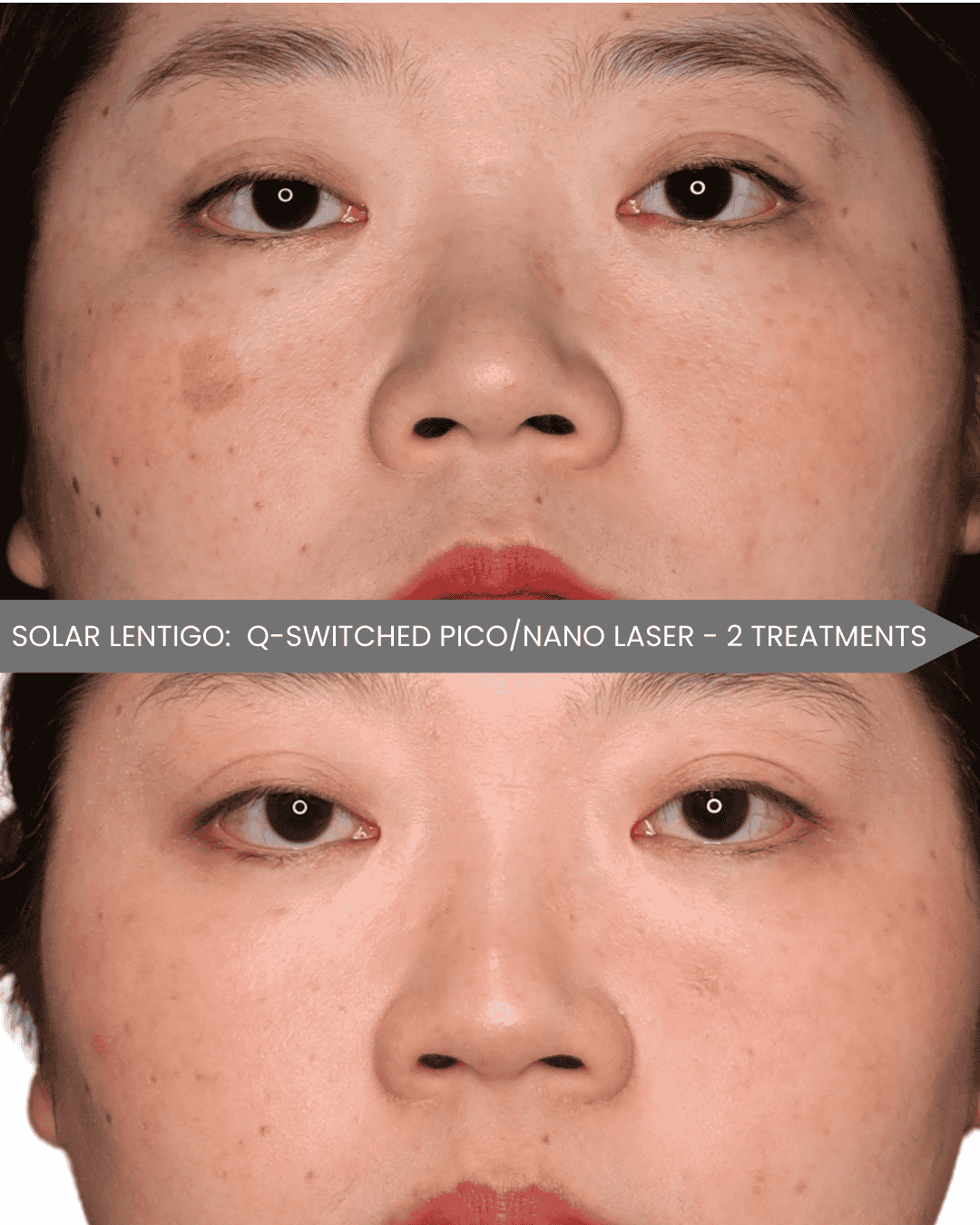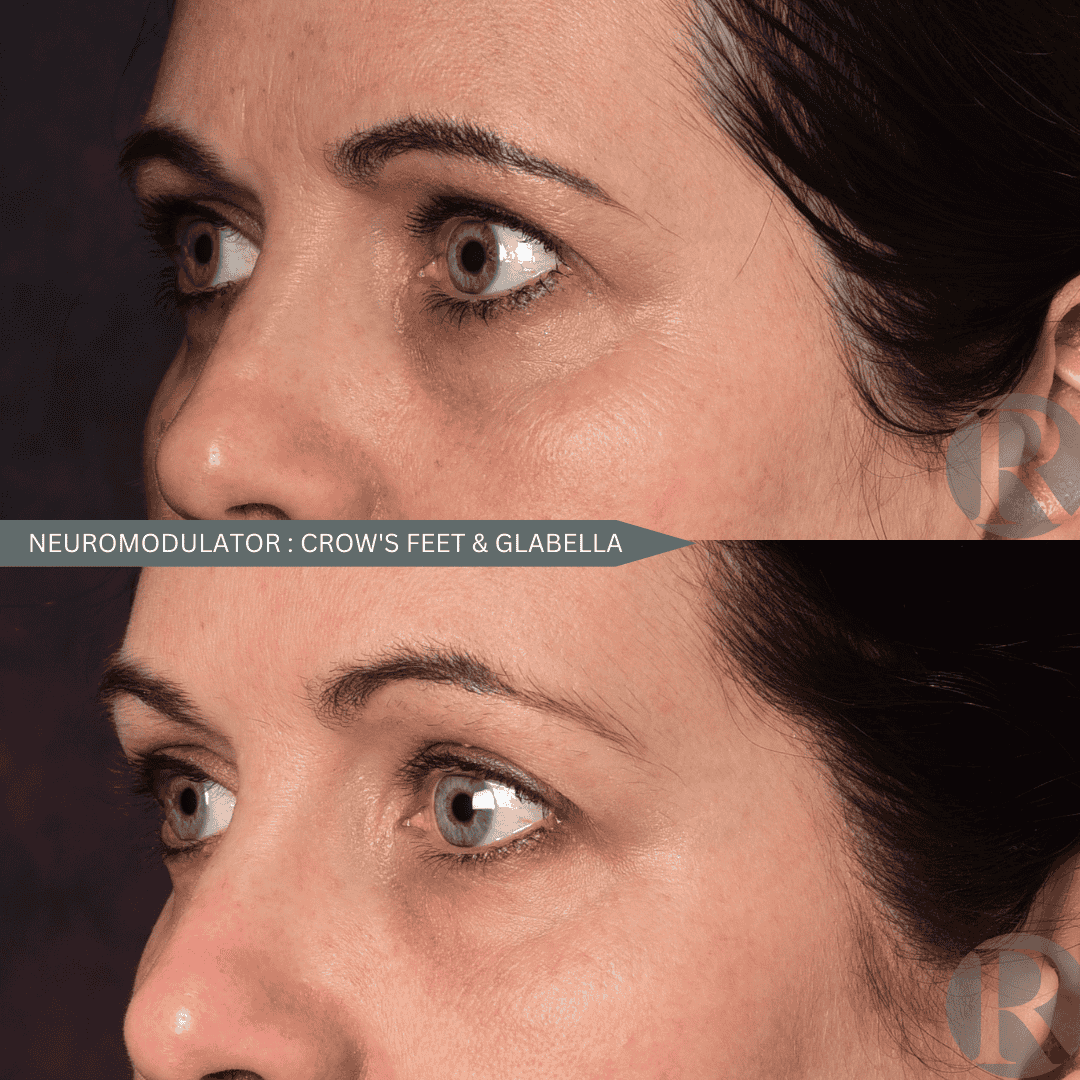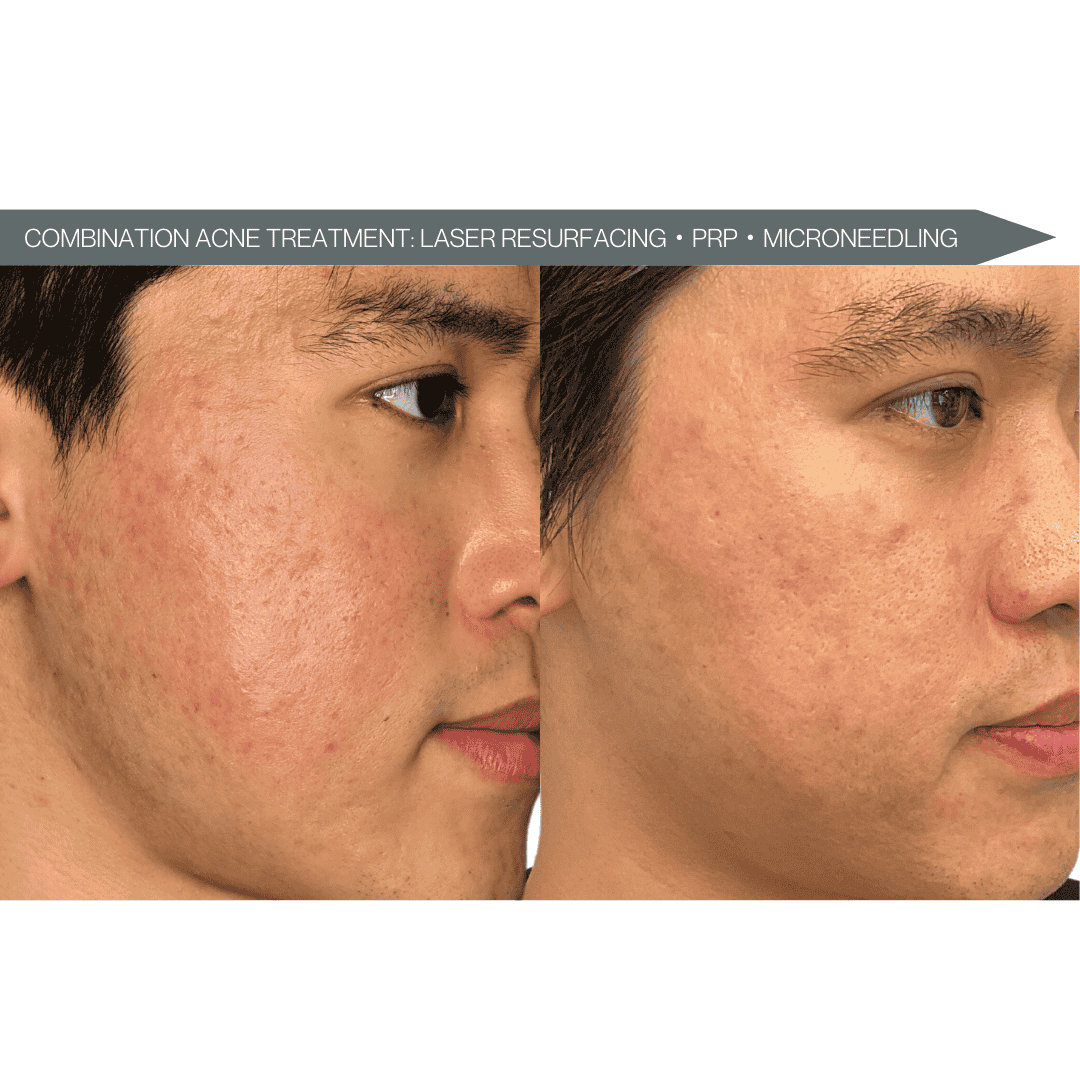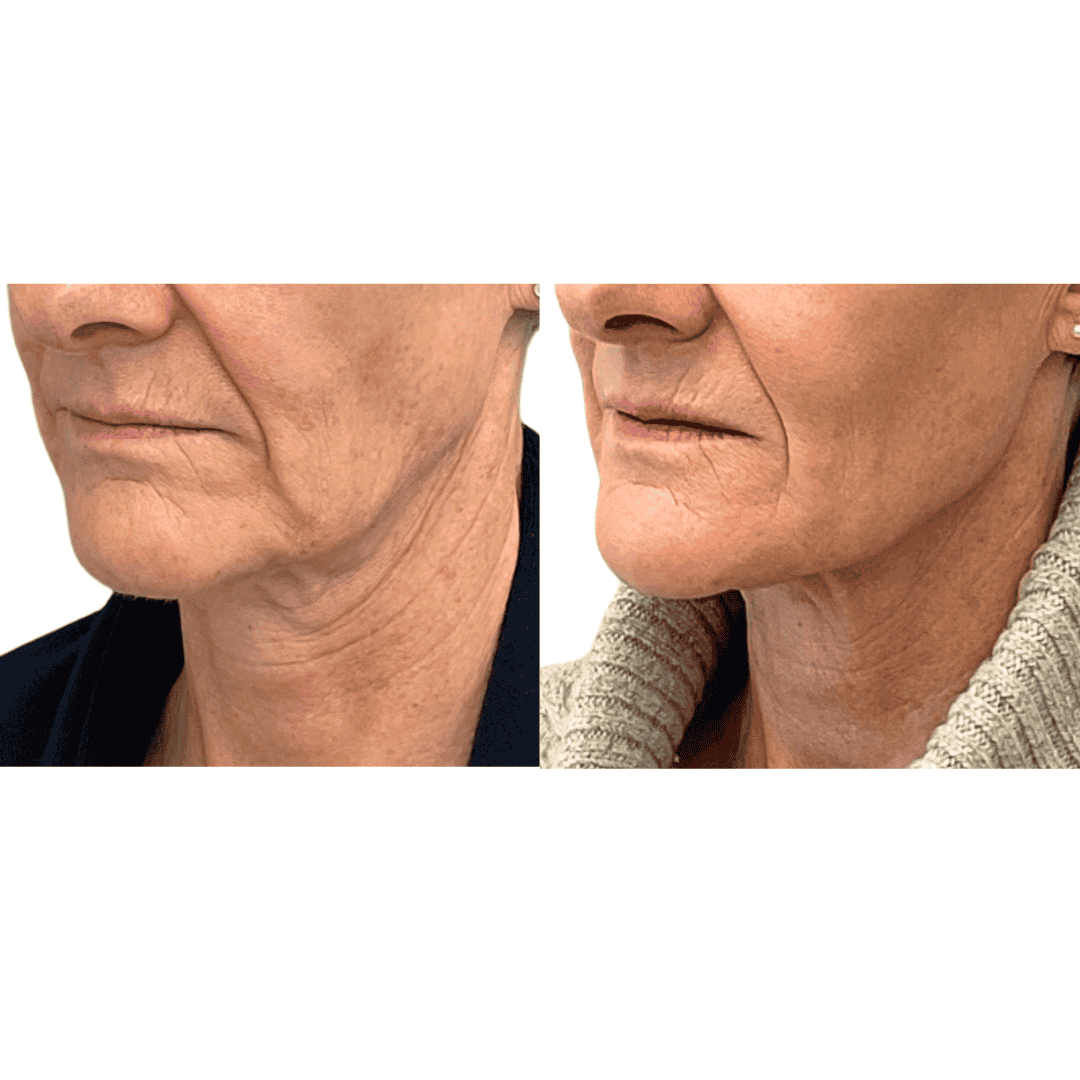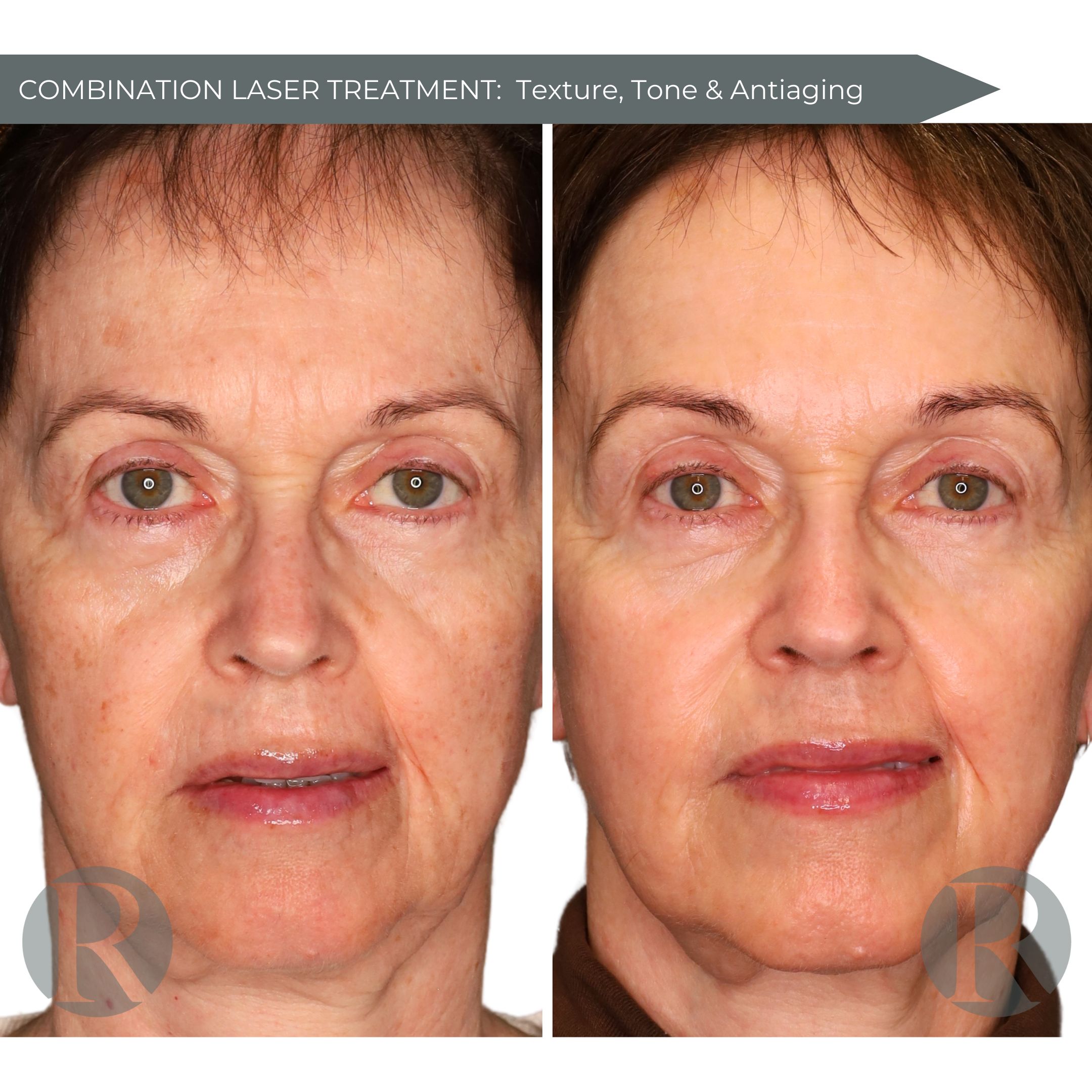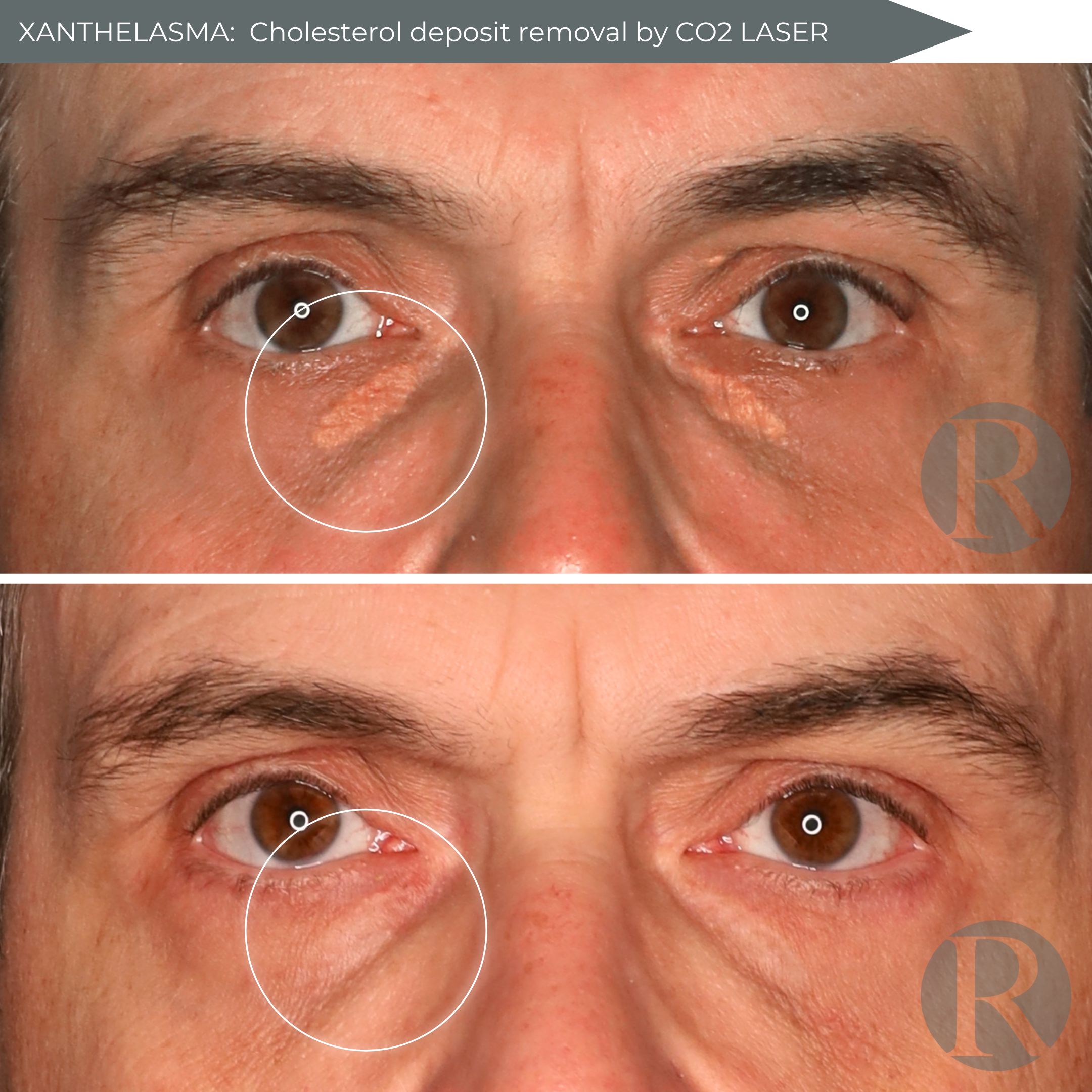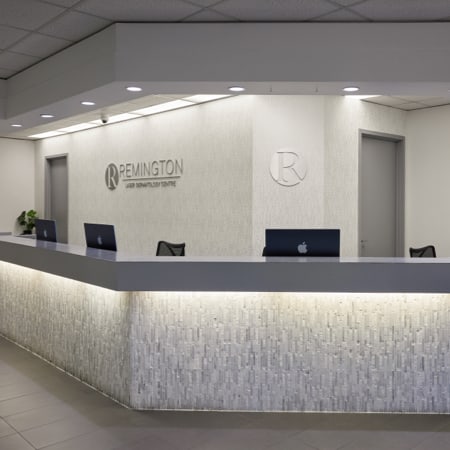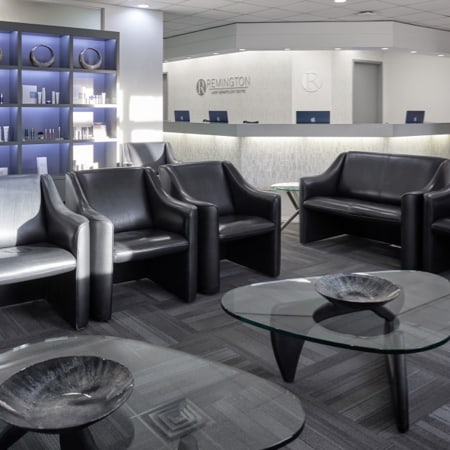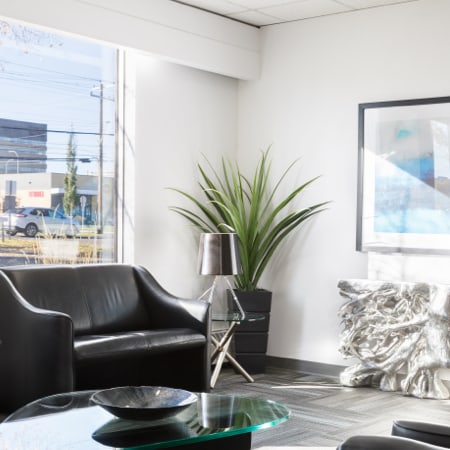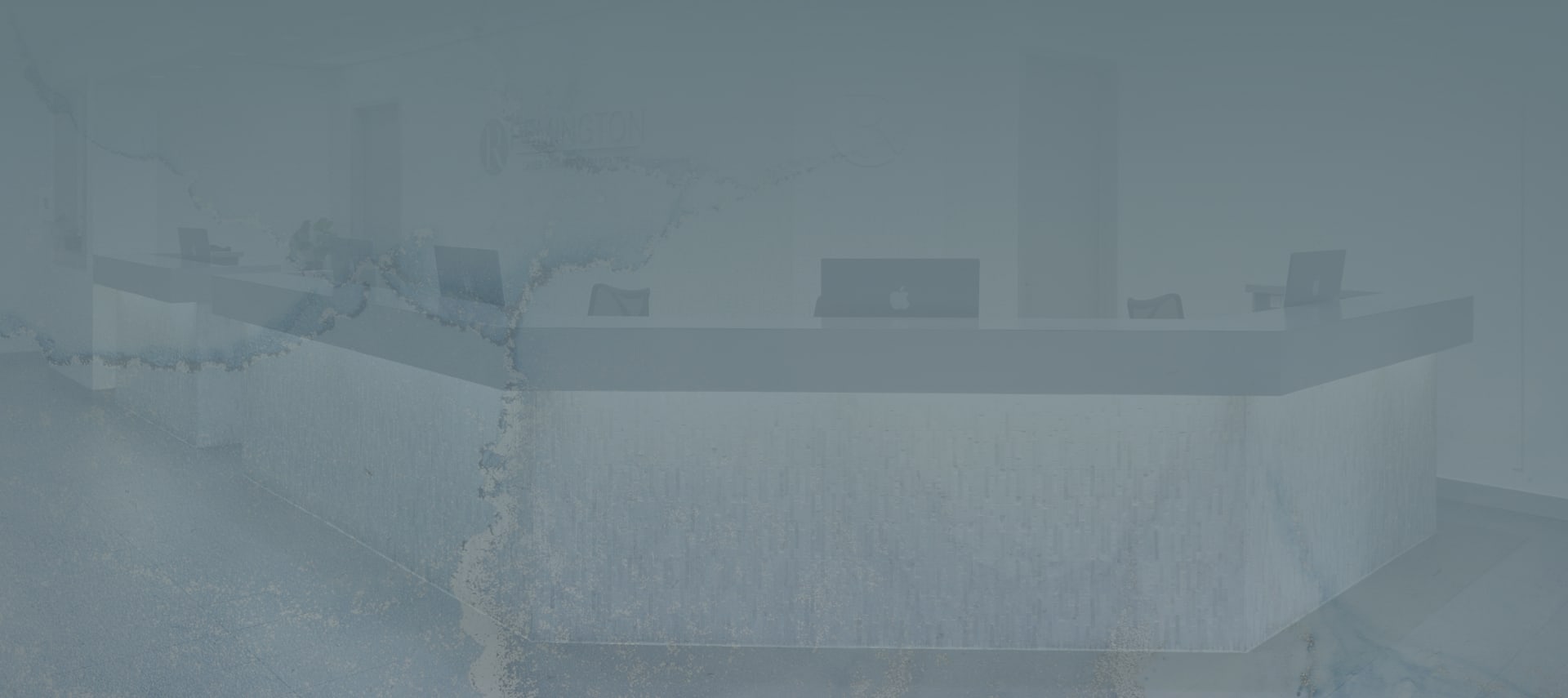Most of us have noticed unexpected spots, bumps, or marks appearing on our skin over time. These changes can catch us off guard during our morning routine or while getting dressed, leaving us wondering what they are and whether we should be concerned. The good news is that the majority of these skin changes are completely harmless. Understanding them better can help put your mind at ease.
Skin lesions are simply areas where your skin differs from the surrounding tissue in appearance, texture, or colour. Most are benign growths that pose no threat to your health. If these differences do impact your confidence and comfort, treatment may be an option.
Types of Skin Lesions
Skin lesions encompass a broad category of skin abnormalities that can manifest in countless ways across your body. These variations in your skin’s normal appearance can range from tiny white bumps to larger, pigmented growths, each with its own characteristics and formation process.
Common Types of Benign Skin Lesions
Let’s take a look at the different types of skin lesions to help you recognize what you’re dealing with:
- Skin tags appear as small, soft pieces of skin that protrude on thin stems, typically developing in areas where your skin folds, such as your neck, underarms, or groin. These become increasingly common with age and often result from friction between skin surfaces.
- Moles (nevi) are among the most recognizable skin lesions, appearing as small markings that can be flat or raised, smooth or rough. These growths can display various colours, including brown, red, pink, or flesh tones, and typically maintain a round or oval shape.
- Xanthelasma appears as flat, soft, yellow deposits that build up under the skin, typically developing on the upper and lower eyelids. These lesions result from the accumulation of fat beneath the skin’s surface.
- Milia present as tiny white or yellowish bumps, most commonly appearing on the face, lips, eyelids, and cheeks. These form when dead skin cells become trapped beneath the skin’s surface, creating small cysts that can develop at any age.
- Syringomas are harmless sweat duct tumours that usually cluster around the eyelids or cheeks. These small, flesh-coloured bumps often develop during young adulthood and represent benign overgrowth of sweat gland tissue.
- Dermatosis papulosa nigra (DPN) presents as multiple small, dark lesions primarily on the face. These benign growths tend to increase in number with age.
- Sebaceous hyperplasia manifests as small, yellowish bumps with a characteristic central depression. These develop when oil-producing glands become enlarged or clogged, creating visible bumps on the skin’s surface.
It is worth noting that birthmarks, freckles, warts, and acne are all technically types of skin lesions that many people live with.
Less Common Skin Lesions
Several other types of skin lesions can develop, including cherry angiomas (small red spots), seborrheic keratoses (waxy, raised growths), and various types of cysts. Each type has distinct characteristics that help medical professionals identify it during examination.
Are Skin Lesions Cancerous?
The vast majority of skin lesions are completely benign, meaning they pose no cancer risk and will not spread to other parts of your body. However, distinguishing between harmless growths and potentially concerning changes requires professional evaluation.
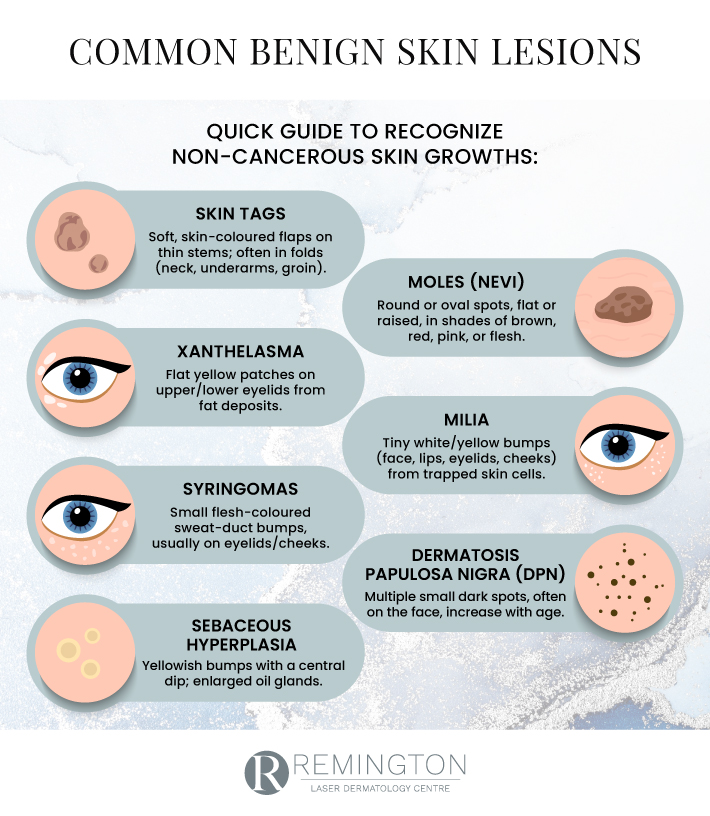
Warning Signs to Monitor
While most skin lesions remain stable and harmless throughout your life, certain changes warrant medical attention. Pay attention to lesions that exhibit asymmetry, where one half does not match the other half. Border irregularities, where edges appear jagged or blurred rather than smooth, also require evaluation.
Colour variations within a single lesion, particularly when multiple colours or dramatic colour changes appear over time, should prompt a consultation with a healthcare provider. Additionally, lesions larger than 6 millimetres (about the size of a pencil eraser) could indicate skin cancer. This can include a new mole or a mole that changes in size, shape, colour, or one that bleeds.
Regular skin examinations, both self-conducted and professional, play crucial roles in maintaining skin health. Self-examinations help you become familiar with your skin’s normal appearance, making it easier to notice changes over time.
Treatment Options for Benign Skin Lesions
Treatment approaches for skin lesions vary depending on the type, size, location, and your personal preferences. Many people choose to remove benign lesions for cosmetic reasons or because they cause irritation from clothing or jewellery.
UltraPulse CO2 Laser
Laser technology has revolutionized skin lesion removal. Systems such as the UltraPulse CO2 Laser can offer several advantages, including enhanced precision that allows for highly accurate tissue removal while preserving surrounding healthy skin. By using the laser, practitioners can remove tissue within a width of 0.1 mm, greatly reducing the amount of damage to surrounding skin.
The laser seals blood vessels during treatment, significantly reducing the need for sutures and creating a cleaner treatment field. This technology also seals nerve endings, typically resulting in less post-procedure discomfort compared to traditional surgical techniques.
Treatment times are remarkably efficient—most lesion removals take approximately 5 minutes per lesion and are virtually painless. The precision of laser technology often eliminates the need for liquid nitrogen, and the reduced tissue trauma typically leads to faster healing and minimal scarring.
Other Treatment Methods
Other options for removing skin lesions can include:
- Cryotherapy involves freezing lesions with liquid nitrogen, effectively destroying the abnormal tissue. This method works well for certain types of lesions but may require multiple sessions and can sometimes result in temporary pigmentation changes.
- Surgical excision involves cutting away the lesion with a scalpel, which may be necessary for larger lesions or when complete tissue removal is required for pathological examination.
- Electrosurgery uses electrical current to destroy lesion tissue and is effective for various types of growths, though it may cause greater tissue damage than laser treatment.
What Treatment Is Best for Me?
The right treatment method depends on several factors, including the lesion’s type, size, and location on your body. Your skin type, healing characteristics, and personal preferences also influence treatment selection.
Take Control of Your Skin Health
While most skin lesions are harmless, professional evaluation can help you be confident about an accurate diagnosis and appropriate treatment recommendations.
If certain benign skin lesions are affecting your confidence or appearance, our team at Remington Laser Dermatology Centre is here to help. We provide laser lesion removal using UltraPulse CO2 technology, offering safe and effective solutions for smoother, clearer skin.
Book your consultation today and take the first step toward enhancing your skin’s natural beauty.

